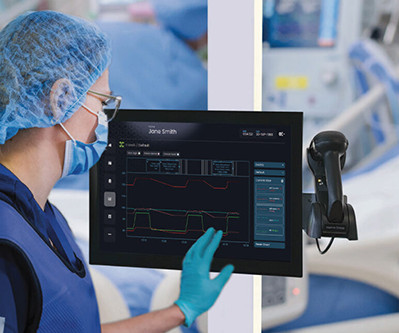The Tele-ICU Revolution Is Upon Us: Here’s What to Know
AMD Telemedicine
JANUARY 16, 2024
Perhaps most critical is the rise of the telemedicine intensive care unit (Tele-ICU, also known as virtual ICU), which uses secure audio and video to provide remote care to critically ill patients. They also provide outsourced IT and monitoring services while integrating artificial intelligence (AI) to improve data analysis.













Let's personalize your content